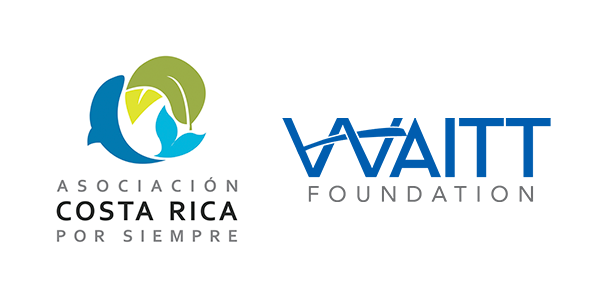Cuajiniquil is located 50 kilometers north of Liberia. Before reaching La Cruz, and after the entrance to the Santa Rosa National Park, take the first crossroad on the left and 10 kilometers later, is a town that currently has about 3000 inhabitants according to estimates. This area belongs to the canton of La Cruz, Santa Elena district, but the town as such is called Cuajiniquil or as the villagers call it, "Cuajil". Its name comes from a tree that grows near the rivers.
The predominant economic activity is fishing, of which there are different types, and nationally is one of the most productive areas of snapper and mahi-mahi. The other predominant economic activity is cattle ranching, which is the oldest and the genesis for which the town was founded. This is due to the people who worked as "sabaneros" and cooks in the Murciélago Hacienda of the former president of Nicaragua, Anastasio Somoza. In addition, there has been an increase in tourism, and several people are beginning to make a living from this activity.
We have many attractions, both marine and land. To mention a few: Protected areas such as Santa Rosa National Park and Junquillal and recently, the new Bahía Santa Elena Marine Management Area. These include the endangered dry tropical forest and a variety of marine species such as seasonal whales, coral reefs, unique geological formations in Santa Elena, islands of coral origin, beaches such as Cuajiniquil, Corona, La Islita, El Hachal. Furthermore, many endemic and migratory birds, petroglyphs and the culture of fishermen that is quite unique because of the differences with other coastal areas.
Among the services are two schools, a high school, an health center, police station, a rural aqueduct, electricity from the Costa Rican Institute of Electricity and solid waste collection. It also has the only dock in the Province of Guanacaste.
As for stores there is a supermarket, more than three mini supermarkets, and four restaurants specializing in seafood and Creole food.
In the month of December, we have traditional festivities with bullfights and dances. Tamaleadas (the making of tamals) are common during this festive month. At Easter the local tradition is to go to the beach, take some turnovers and corn doughnuts baked in clay ovens. These are some of the many Guanacaste traditions but with differences that only in Cuajiniquil are enjoyed.
The first settlers came from different parts of Costa Rica, in addition to the neighboring country of Nicaragua. These people were among the first who came to settle in the highest part of the Cuajiniquil River, in a place still called Zapote e Mico. In what today are the neighborhoods of El Centro, Las Vegas, El Cangrejal, Las Melinas and Villa Burgos were once pastures and river flats.
Somoza bought the Murciélago Hacienda, and more people began to arrive to work on the hacienda. The men worked in the fields, as cowboys "sabaneros", "guachos", or as farmworkers "macheteros". The women were the cooks.
The houses were built near the river as there was no local aqueduct or electricity. You can still appreciate the original form of the town, especially in Aguas Calientes where all the houses and the street follow the river. This is how Cuajil was created. It facilitated access to water and was also close to both Murciélago and other nearby farms, such as Orosi and El Hacha, which were connected by internal trails where people moved walking or on horseback.
The history of Murciélago continues, because in the 80s these lands were expropriated to turn them into a national park that today is called Santa Rosa. From the Casona, the park extends along the entire peninsula of Santa Elena. One part of the hacienda became a park, and another was fragmented into plots, which were given to the Hacienda's employees.
There was a wharf in a place called La Tiza" (The Chalk), where ships docked to take products to El Salvador. There they shipped chalk, or rather limestone rock. It remains in the place gave it the name it has today.
This was a place that employed many people, but almost at the end of the war in Nicaragua, the wharf ceased to operate.
Little by little people were leaving their livestock and agricultural activities and began to discover a new and abundant resource. Fishing began and is the main activity today. There are more than four fish receivers and a variety of fishing gear, among which are the artisanal fishing (small boats to work near the coast for a day's work, mainly extracting snapper), divers (similar to artisan, only they use compressor to extract octopus, lobsters, color fish, or other fish of commercial interest), longline fishing (are boats with great autonomy, they can go out equipped to work for days or months at sea).
Tourism has come to amalgamate all these elements, uniting natural, cultural, and historical landscape attractions.
Important people in the community
- Gilberto López
- Jaime Lara
- Miguel Centeno
- Manuel Alán Fonseca
- Frank Lara
- Miguel Blanco “Changuito”
- Miguel Angel Guevara (Chato piedra).
- Orlando Guevara
- Jesús Caballero León
 English
English  Español
Español 





